What is a Content Management System (CMS)?
Sisällönhallintajärjestelmä (CMS) on ohjelmisto tai alusta sisällön luomiseen, hallintaan ja julkaisemiseen verkossa.
WordPress, Joomla, Wix, and Shopify are some of the most popular content management systems around today. Without them, every blogger will have to learn programming or hire a programmer to create and manage their sites.
Parts of a Content Management System
Sisällönhallintajärjestelmä koostuu kahdesta osasta:
- Sisällönhallintasovellus (CMA)
- Sisällöntoimitussovellus (CDA)
Käsittelemme niitä nyt yksi toisensa jälkeen.
1 Sisällönhallintasovellus (CMA)
The content management application is the part of the content management system that allows a blogger to upload, modify, and delete content from their site. It is only accessible to the blogger who owns the site and cannot be viewed or edited by visitors.
The WordPress Admin dashboard is an example of a content management application. If you use WordPress, this is where you customize your site, install your themes and plugins, moderate comments, and update, publish, and delete your posts.
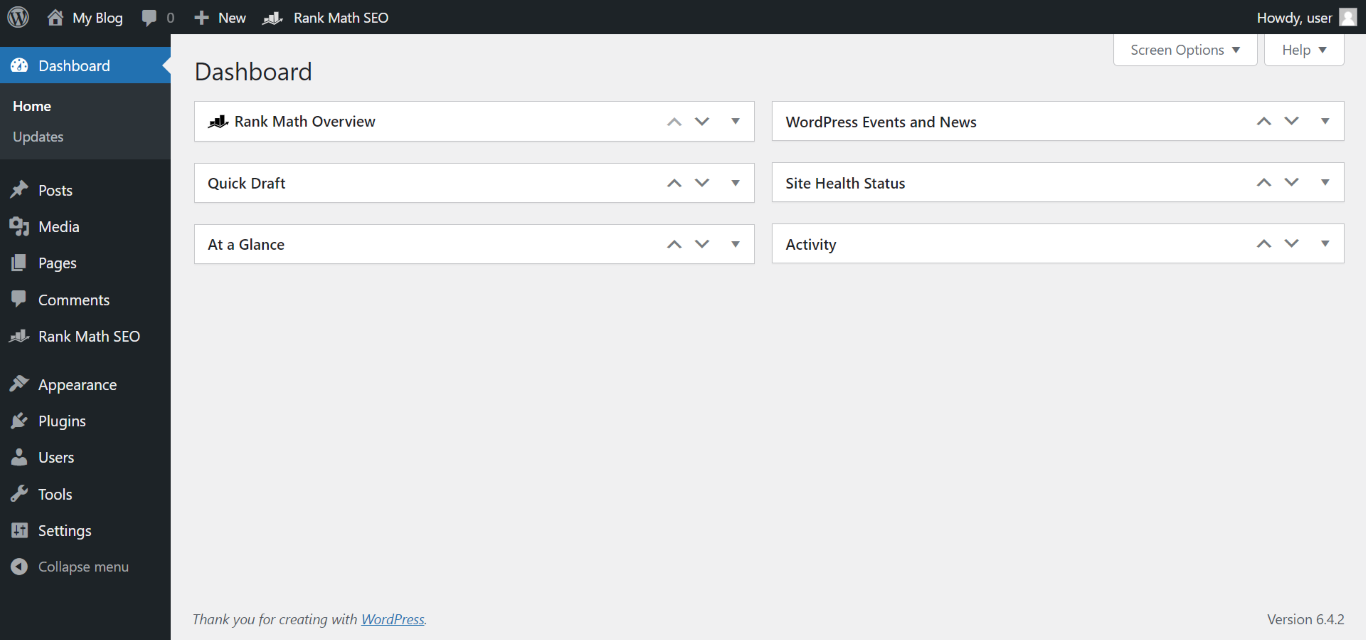
2 Sisällöntoimitussovellus (CDA)
The content delivery application is the part of the content management system that manages the storage, compilation, and publication of the content you upload to the web.
The content delivery application often includes features such as version control, which helps track changes to content over time, and user permissions, which allow you to control who can access and modify different pieces of content. It may also include tools for optimizing your content for search engines.
Importance of a Content Management System
A content management system (CMS) simplifies the process of creating, managing, and publishing content on the web. This allows people without technical expertise to operate blogs.
Bloggers who do not have access to a content management system would have to write their code or hire a developer to do so. Many bloggers do not have the skills to write their code or the resources to hire a developer. Even for those who do, it is not a feasible option since the task would be repetitive.
Such repetitive tasks will tie down the blogger, limiting their time to build käänteisiä linkkejä and grow their blog. It will also limit the amount of content they can publish.
A content management system is crucial for bloggers wanting to grow their sites. It allows them to easily manage their content without being bogged down with endless code writing.
For example, a content management system like WordPress allows bloggers to integrate with third-party tools and platforms. Bloggers have access to the WordPress repository, where they can download plugins that give them more control over their site and content.
Examples of Some Common Content Management Systems
There are multiple content management systems out there today. WordPress is the most popular one. However, there are many more, with each one being targeted at a specific type of content, user, industry, or niche.
1 WordPress
WordPress is the most popular content management system out there. It is widely used for blogs, websites, and online stores, and supports various content types, including text, images, videos, and even ecommerce product listing, through its WooCommerce plugin.
WordPress is highly customizable, which makes it suitable for small businesses, bloggers, and large enterprises alike. It also has a user-friendly interface and an extensive plugin library that allows businesses to create anything from simple blogs to complex corporate websites.
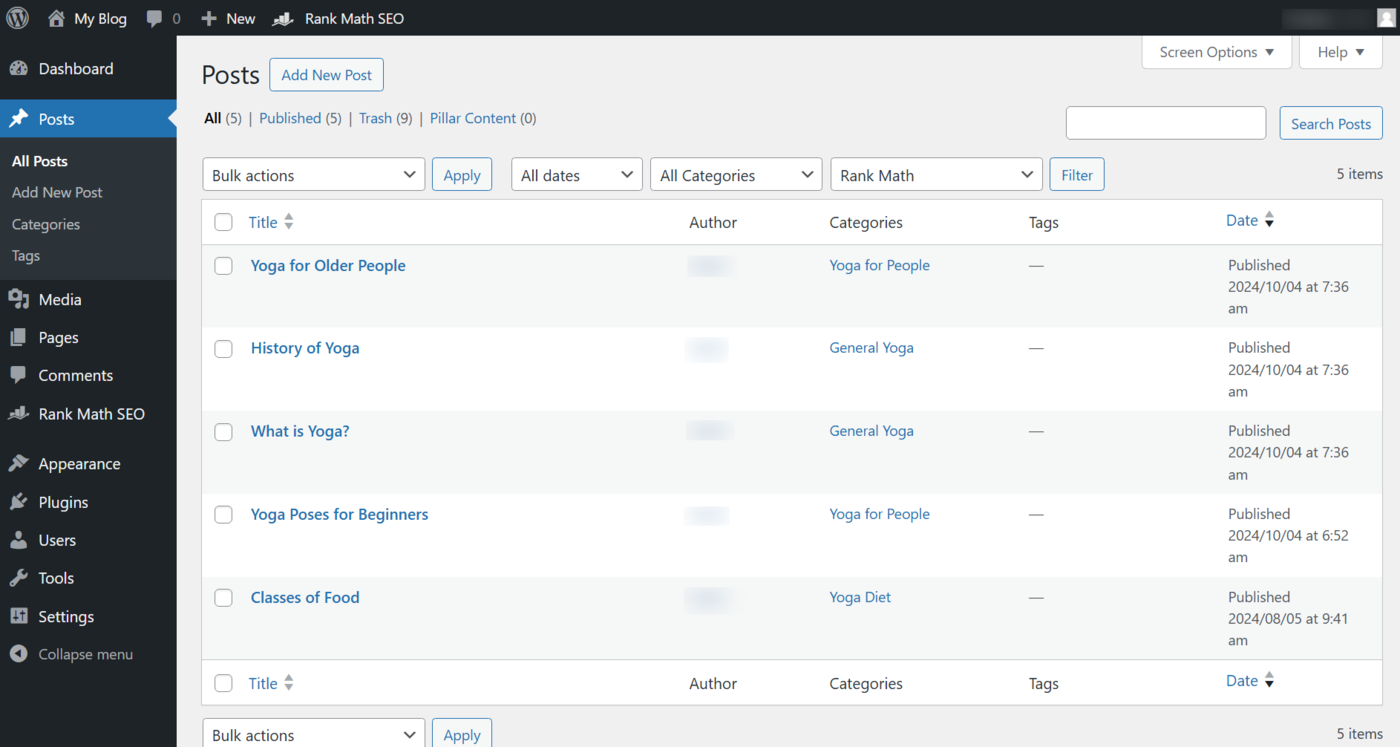
2 Drupal
Drupal is a powerful content management system for complex, large-scale websites and applications. It supports various content types, including text, multimedia, and custom data structures, which makes it ideal for government sites, universities, and large enterprises.
Drupal is highly customizable and secure and caters to businesses with advanced technical requirements and high traffic volumes. It is best suited for organizations that desire scalability and security and have access to technical expertise.
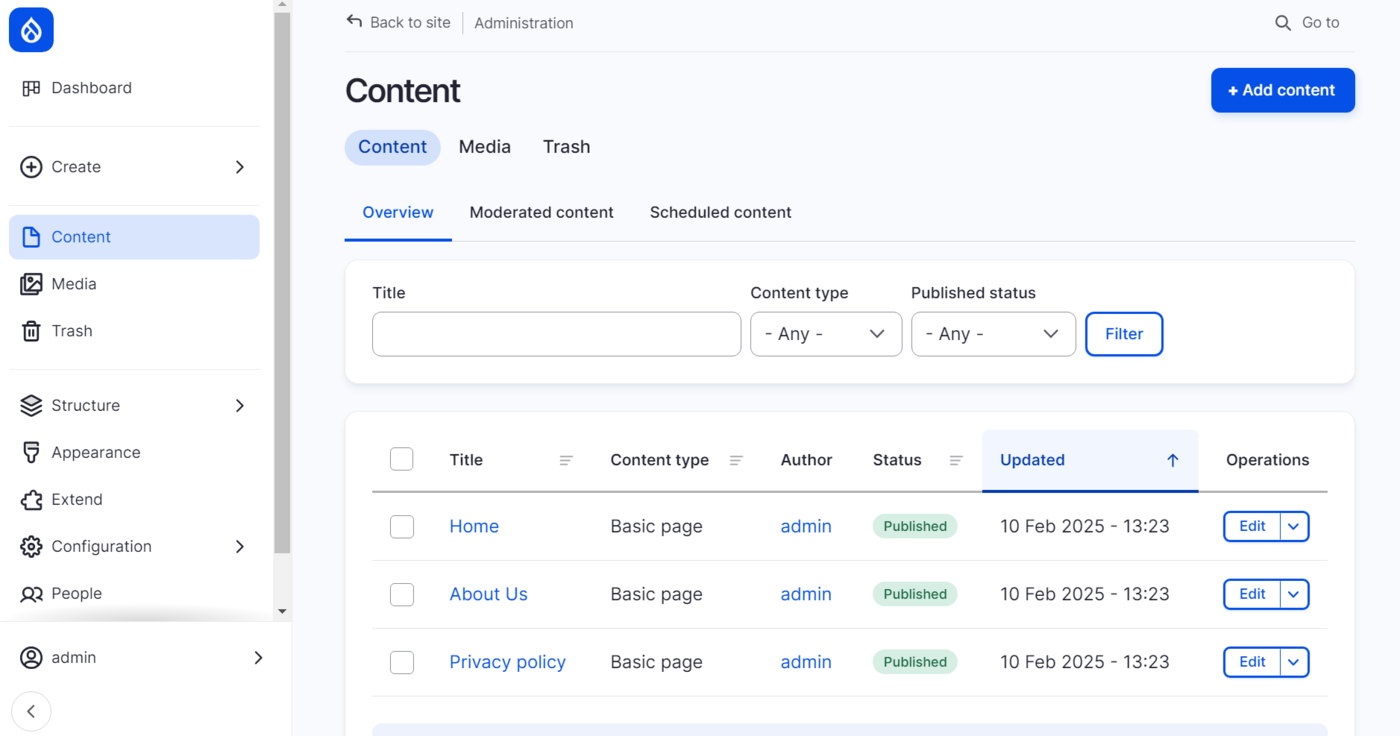
3 Joomla
Joomla is a versatile content management system for building websites, blogs, and online applications. It supports diverse content types, including articles, multimedia, and user-generated content.
Joomla offers robust user management and multilingual support, making it ideal for international businesses. It is often chosen by medium to large-sized businesses and organizations that require more advanced functionality than WordPress but with less complexity than Drupal.
4 Shopify
Shopify is a content management system designed for ecommerce. It supports product listings and includes built-in tools for inventory management, payment processing, and marketing, which makes it ideal for businesses selling goods or services online.
Shopify is user-friendly and caters to small businesses and large retailers alike. It also has an app store where users can install apps that allow additional functionality, such as dropshipping or subscription services.
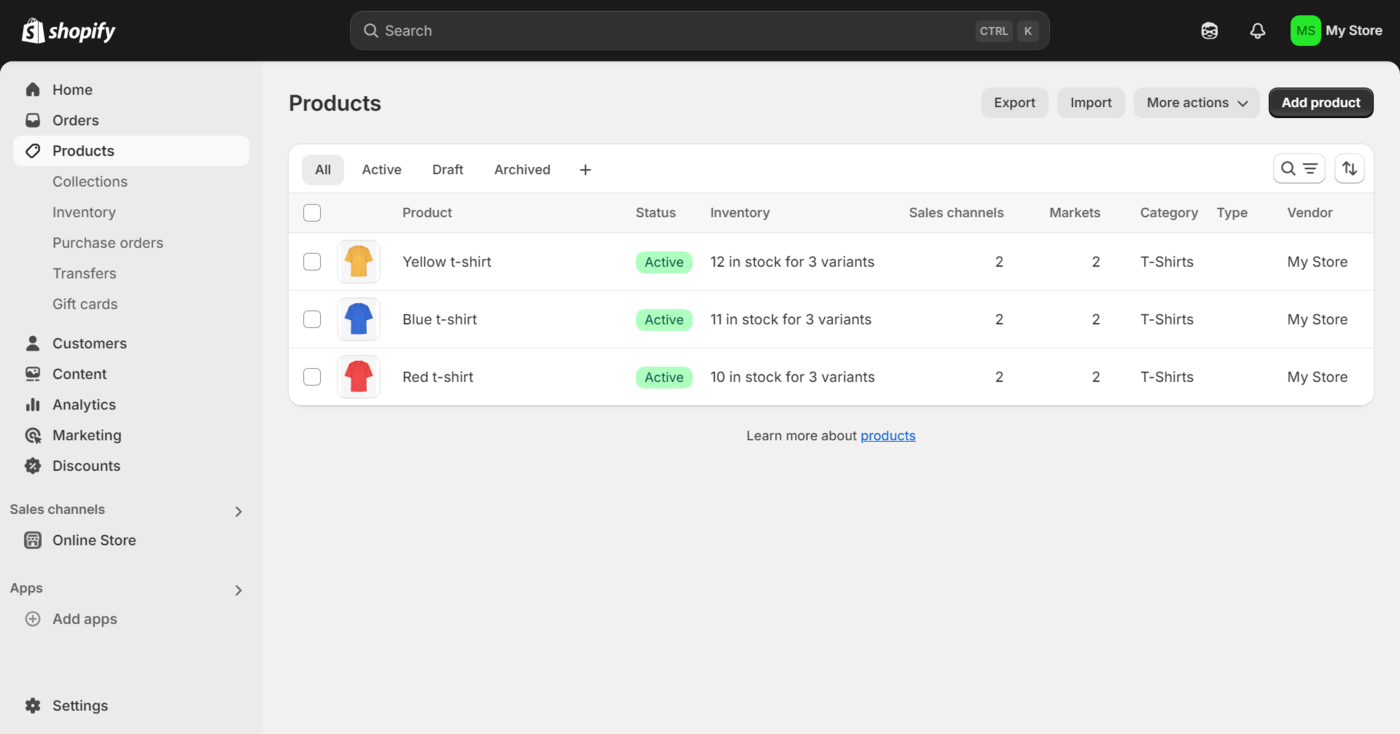
5 Wix
Wix is a beginner-friendly content management system that allows users to create websites using drag-and-drop tools. It supports multiple content types like blogs, portfolios, and ecommerce products, which makes it suitable for small businesses, freelancers, and creatives.
Wix is ideal for businesses that want a simple, visually appealing website without requiring technical skills. Specifically, it is best for small businesses or individuals who prioritize ease of use and design flexibility over advanced customization.
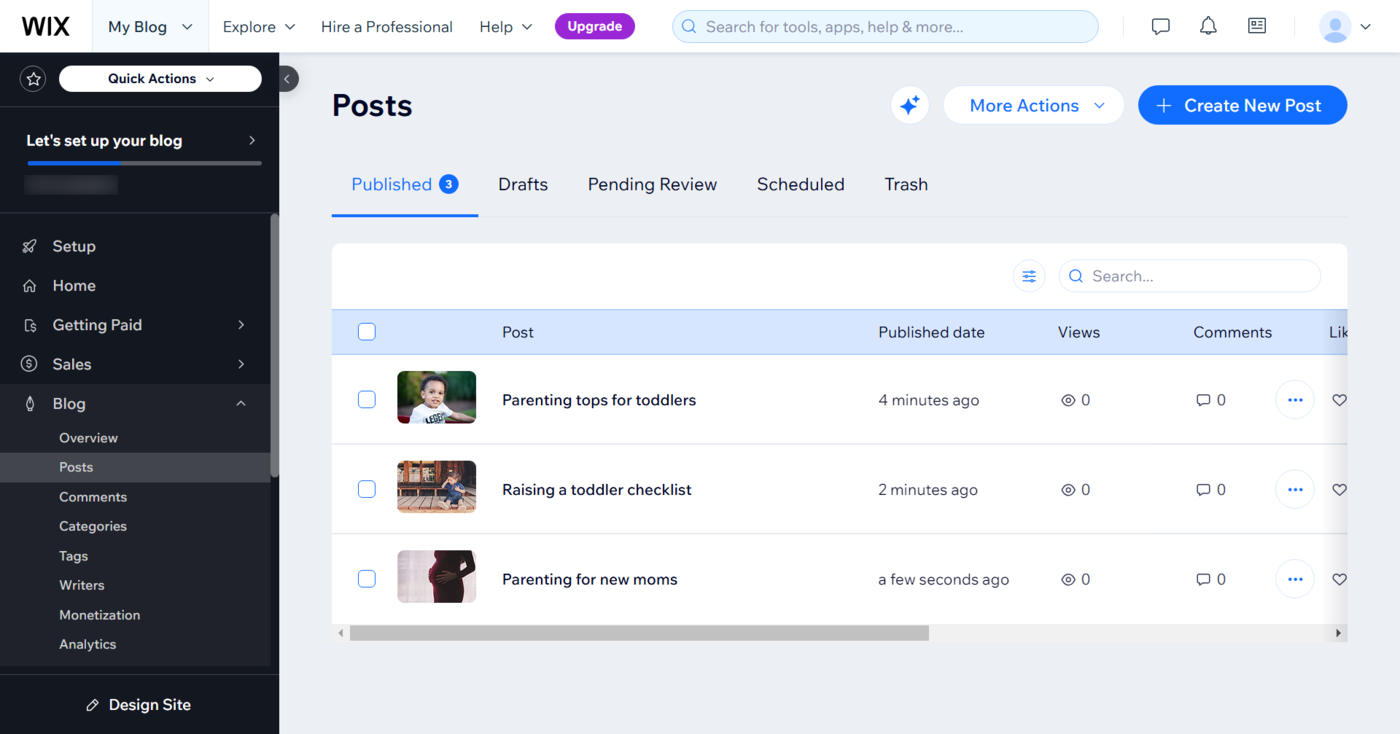
6 Squarespace
Squarespace is a content management system known for its sleek, design-focused templates and ease of use. It supports various content types, including blogs, portfolios, and ecommerce products, making it popular among creatives, small businesses, and entrepreneurs.
Squarespace is ideal for businesses that value aesthetics and simplicity. Specifically, users who want visually stunning websites that require little technical expertise.
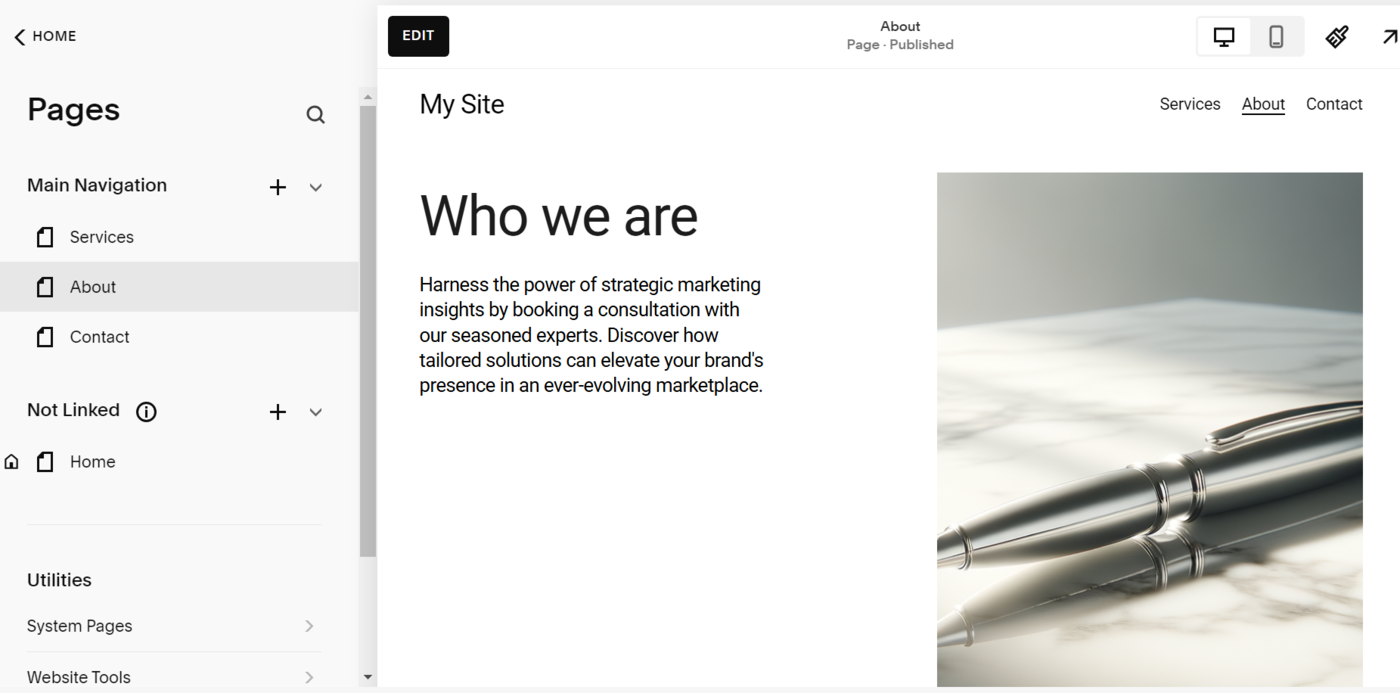
7 Magento
Magento is a robust content management system and ecommerce platform designed for large-scale online stores. It supports complex product catalogs, multimedia content, and other custom functionalities required by large businesses with high traffic and advanced needs.
Magento is highly customizable and scalable, making it suitable for enterprises and brands with significant technical resources. Its open-source version, Magento OpenSource, is popular among developers, while Magento Commerce offers enterprise-grade features.